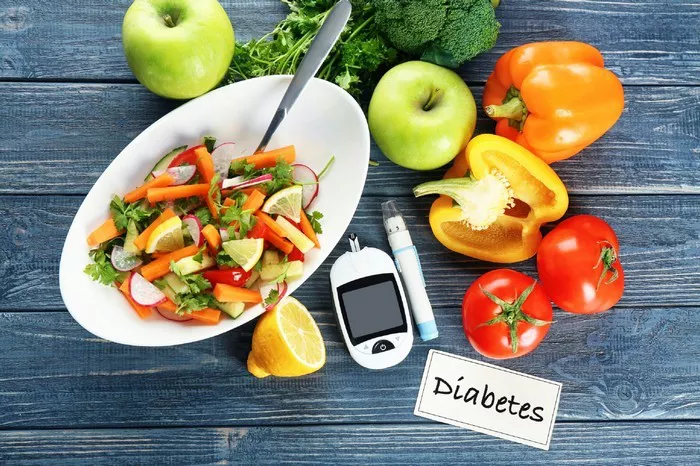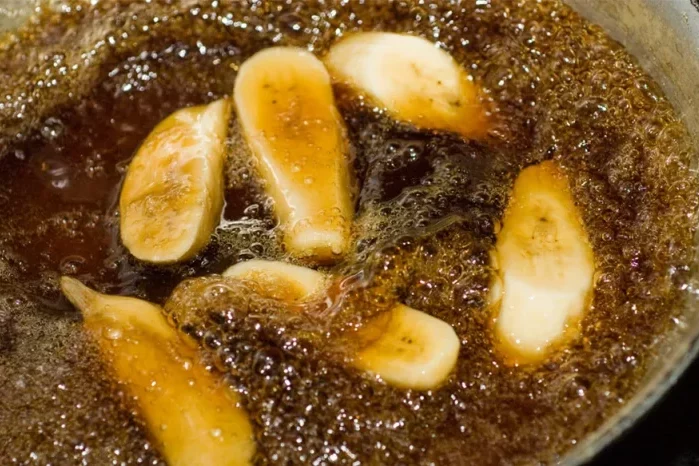Managing blood sugar levels is crucial for individuals with diabetes to prevent complications and maintain overall health. While no single food can instantly lower blood sugar levels, adopting a balanced diet and lifestyle can help manage levels more effectively over time. In this article, we will explore immediate action strategies and long-term management approaches for optimizing blood sugar control.
Immediate Action vs. Long-Term Management
It’s essential to distinguish between immediate action strategies and long-term management approaches when it comes to blood sugar control. While certain foods may not provide immediate results, incorporating them into a balanced diet can contribute to more stable blood sugar levels over time.
Low Glycemic Index Foods
Foods with a low glycemic index (GI) are digested more slowly, resulting in a gradual rise in blood sugar levels. Examples of low-GI foods include whole grains (such as oats and barley), nuts, legumes (like beans and lentils), some fruits (such as apples and berries), and non-starchy vegetables (like leafy greens and broccoli). Including these foods in meals can help prevent rapid spikes in blood sugar.
Portion Control and Frequency
In addition to choosing low-GI foods, paying attention to portion sizes and eating frequency is important for blood sugar management. Eating smaller, balanced meals throughout the day can help prevent large fluctuations in blood sugar levels. Portion control is especially crucial for carbohydrate-containing foods, as consuming too much at once can lead to elevated blood sugar levels.
Healthy Fats and Proteins
Incorporating healthy fats and proteins into meals can also help stabilize blood sugar levels. Foods rich in healthy fats, such as oily fish (like salmon and mackerel), nuts, seeds, and avocado, can slow down the absorption of carbohydrates and prevent blood sugar spikes. Additionally, lean sources of protein, such as poultry, tofu, and legumes, can help promote satiety and prevent overeating.
Fiber-Rich Foods
Fiber is another essential nutrient for blood sugar management, as it slows down the digestion and absorption of carbohydrates. Including fiber-rich foods in meals can help maintain steady blood sugar levels. Examples of fiber-rich foods include beans, lentils, whole grains (such as quinoa and brown rice), vegetables, and fruits (especially those with edible skins or seeds).
Hydration
Staying hydrated is crucial for overall health and can also affect blood sugar levels. Dehydration can lead to higher blood sugar concentrations, so it’s essential to drink an adequate amount of water throughout the day. Opting for water or other sugar-free beverages can help prevent unnecessary spikes in blood sugar.
Monitoring Blood Sugar
Regular blood sugar monitoring is key to understanding how different foods and lifestyle factors affect blood sugar levels. Keeping track of blood sugar readings before and after meals can help identify patterns and make adjustments to the diet and medication regimen as needed. It’s essential to follow the guidance of healthcare professionals regarding blood sugar monitoring frequency and target ranges.
Consultation with Healthcare Providers
Individuals with diabetes should consult with their healthcare providers, including registered dietitians or certified diabetes educators, for personalized advice on blood sugar management. These professionals can help develop individualized meal plans, provide education on carbohydrate counting, and offer support and guidance for making healthy lifestyle changes.
Myths and Misconceptions:
There are several myths and misconceptions surrounding foods and blood sugar control. It’s essential to address these misconceptions with evidence-based information to help individuals make informed choices about their diet and lifestyle. Common myths include the belief that certain foods can “cure” diabetes or that all carbohydrates are “bad” for blood sugar control. Providing accurate information can help dispel these myths and promote better understanding of effective blood sugar management strategies.
Conclusion
Managing blood sugar levels requires a comprehensive approach that includes both immediate action strategies and long-term management techniques. By incorporating low-GI foods, practicing portion control, including healthy fats and proteins in meals, consuming fiber-rich foods, staying hydrated, and monitoring blood sugar levels regularly, individuals can effectively manage blood sugar levels and reduce the risk of complications associated with diabetes. Consulting with healthcare professionals for personalized guidance is essential for optimizing blood sugar control and promoting overall health and well-being.
Related Topics:
Do Not Eat These Food, If You Have High Blood Sugar
























